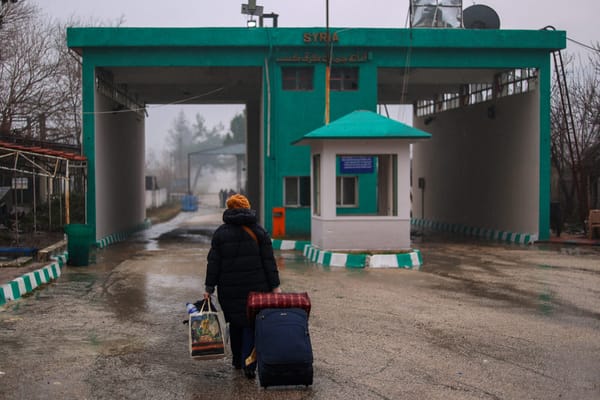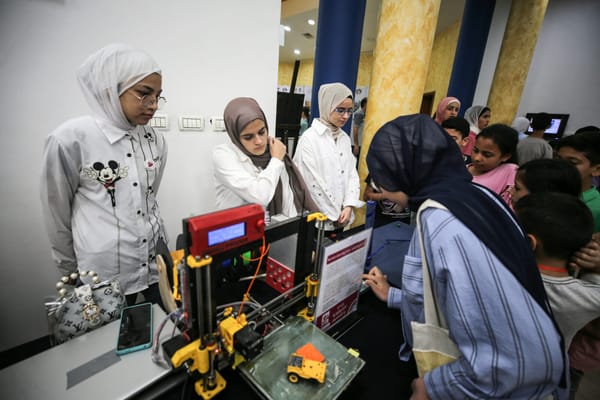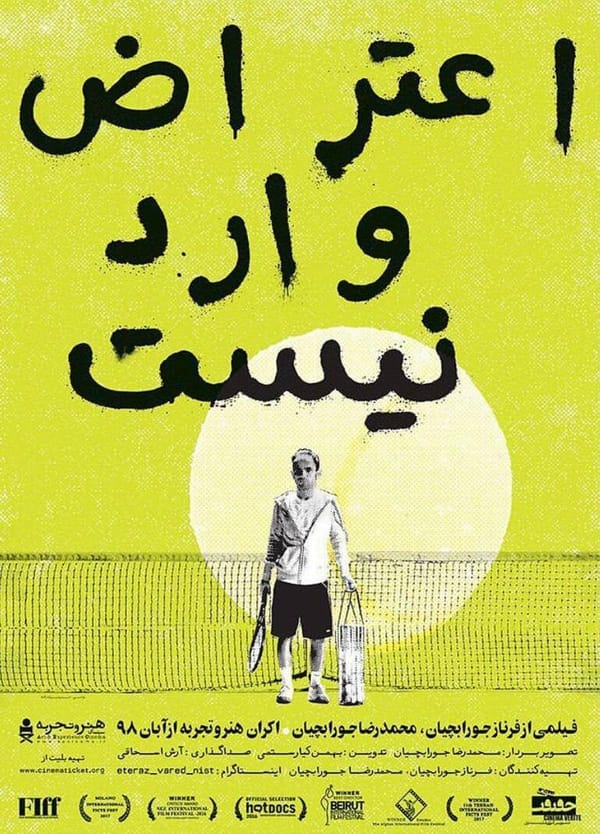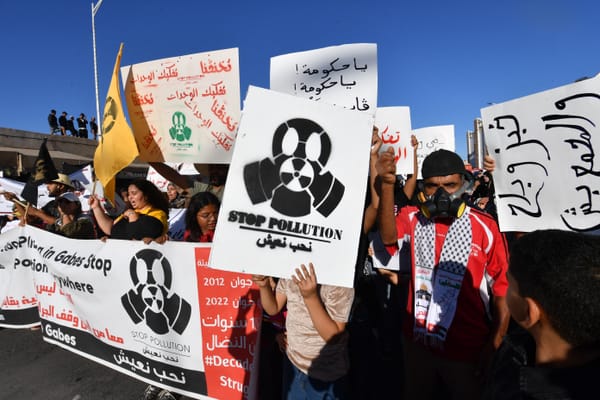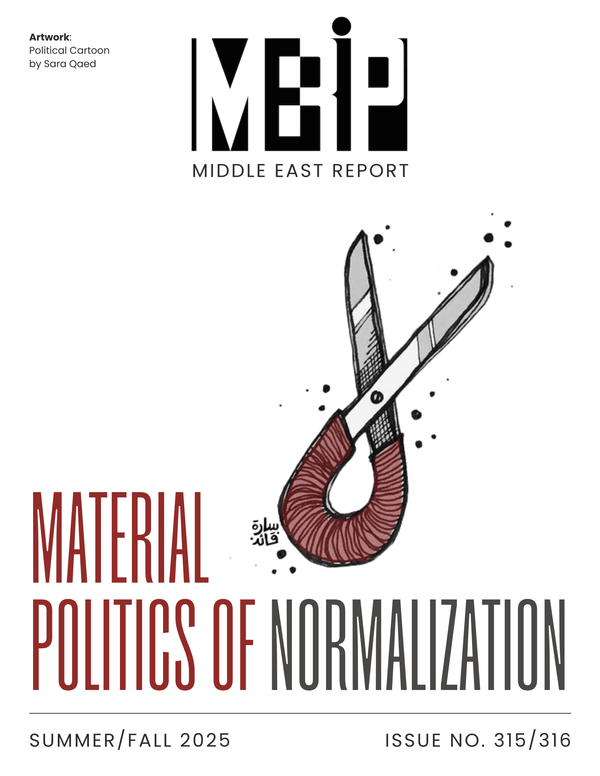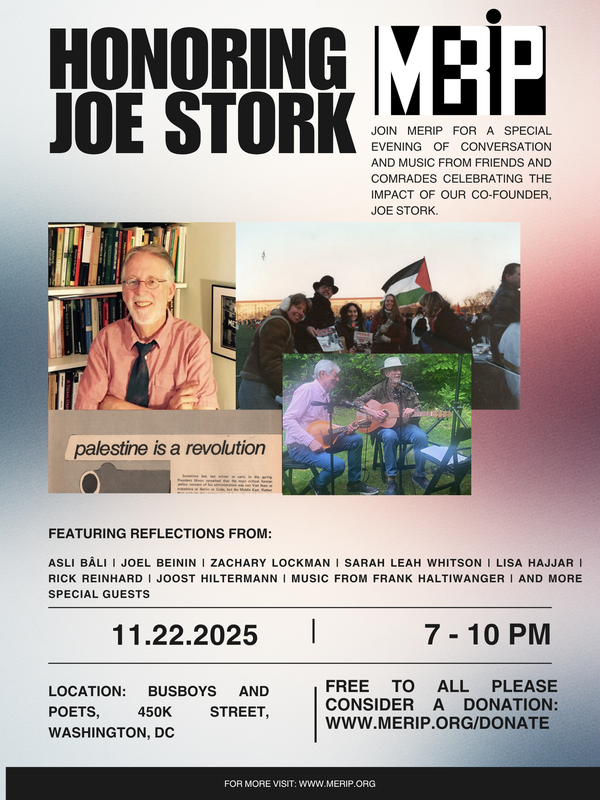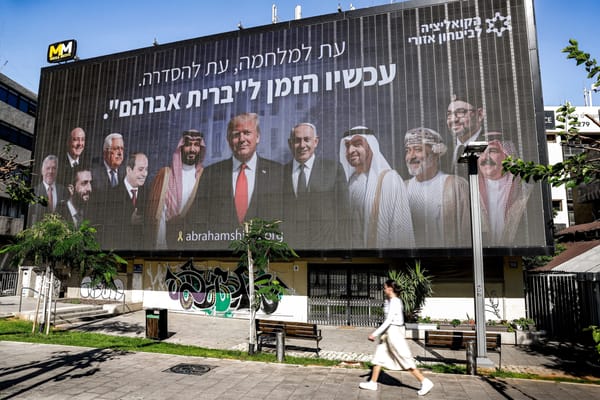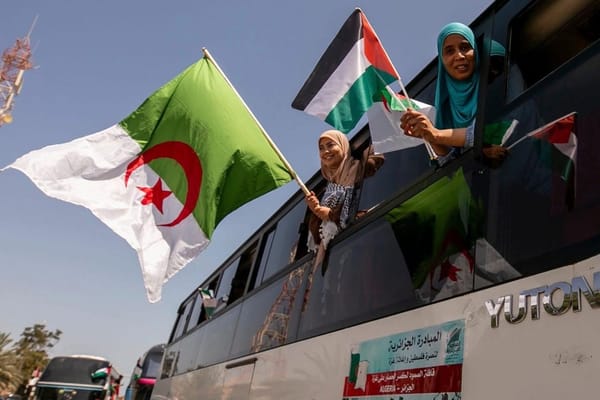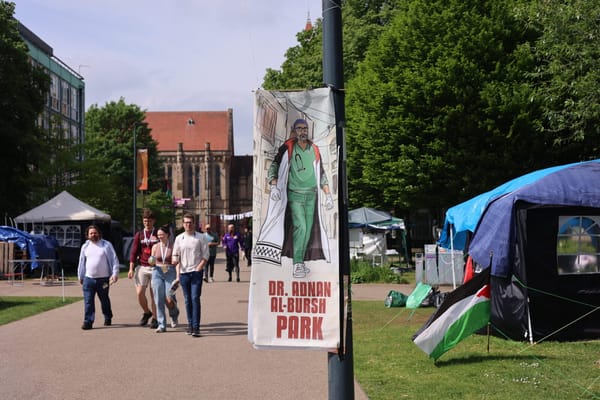Cohen, Political Parties in the West Bank Under the Jordanian Regime, 1949-1967
Amnon Cohen, Political Parties in the West Bank Under the Jordanian Regime, 1949-1967 (Ithaca, NY: Cornell University Press, 1982).

Amnon Cohen, Political Parties in the West Bank Under the Jordanian Regime, 1949-1967 (Ithaca, NY: Cornell University Press, 1982).
Israeli Orientalists have had a substantial impact in shaping current Western perceptions about the Arab world in general and Palestine in particular. Their scholarship is characterized by excellent command of Arabic and Turkish, exhaustive use of historical sources, and meticulous documentation. It is also fully integrated into the Israeli state apparatus. Individual scholars and many university-based units are closely linked to the foreign ministry, military intelligence, and international public relations and propaganda efforts. This may help explain why Israeli Orientalist scholarship tends to lack critical content and to rely on a remarkably impoverished analytical and theoretical framework which only thinly veils its political and ideological underpinnings.
Amnon Cohen’s Political Parties in the West Bank Under the Jordanian Regime, 1949-1967 is an excellent case in point. The story of the production of this book reveals a great deal about the intellectual character and purpose of Israeli Orientalist scholarship. When Israel occupied the West Bank in 1967, the army confiscated the files of the Jordanian security police, who had been keeping a close watch on the political activities of the population since the beginning of the Jordanian occupation in 1948. this was the reason Israel so successfully contained political opposition to the occupation in the period 1967-1972. The names, addresses and activities of all political activists were known. They were either jailed, expelled, or closely watched.
In the late 1960s, Amnon Cohen was a colonel in the army reserves and a Ph.D. candidate in the History of the Muslim Countries at the Hebrew University of Jerusalem. Immediately after the 1967 war, he was mobilized to serve as political advisor to the military governor of the West Bank. In this capacity he had access to these files of the Jordanian security police, which were daily being used by the military government to control and suppress West Bank Palestinians. Putting on his researcher’s hat, Cohen then made use of these police files to write a paper on the Jordanian Communist Party on the West Bank. Shifting into a teaching role, Cohen made these remarkable primary research materials available to students who produced studies on the Arab Nationalist Movement, the Baath, the Muslim Brothers and the (Islamic) Liberation Party. These were revised by Cohen and published together under his name in one volume in Hebrew in 1972. The present volume is a translation of the Hebrew edition.
The book presents itself as an objective work of impartial scholarship. Its production, however, was structured to preclude any results critical of Israeli policy on the West Bank or challenging to mainstream Israeli perceptions of the Palestinians. The study contributes to the image of the Palestinians as “terrorists” in the mind of the Israeli public by ending the discussion of political parties in 1967, thus implying that political party activities ended at that point. Of course the Israeli occupation undoubtedly marks a turning point in the political life on the West Bank. Nevertheless, all of the forces mentioned in the book continued their activity to one degree or another after 1967.
Except for its reliance on such unusual and unique sources, the book itself is not especially remarkable. It begins with a classic Orientalist treatment of the etymology of the Arabic word for party (hizb), whose relevance to present conditions is unclear. From this discussion Cohen concludes that Middle Eastern societies (except for Israel, of course) are “not ready” for parliamentary life and political parties.
The boundary between scholarship and police work has been all but obliterated. The text, not surprisingly, reads like a police dossier. It is overburdened with heavy descriptions of matters whose significance is not made clear—for example, a detailed account of how the Communists distributed their leaflets. There is very little analytical material. Cohen does not discuss such questions as who was more likely to be attracted to what party and why, except insofar as the police records give residences and occupations for those under surveillance. The Communists, for example, were particularly successful in the village of Salfit, but Cohen attempts no explanation for this.
The chapter on the Muslim Brothers is the least worthwhile one in the book. Cohen describes the brothers as having a “highly radical ideology,” yet they were the only party with an officially sanctioned legal existence. He does not adequately explain this paradox.
In the chapter on the Liberation Party, the loose editorial control over the contributions of the various primary researchers has allowed several references to “Samaria” to slip into the text. This term, which the Begin government insists on using for the northern West Bank, is admittedly more compact. However, there is little justification for its use during the period under discussion; Samaria was not an administrative or geographical term in common use by the inhabitants of the region for nearly 2,000 years prior to 1967.
Two clear conclusions do emerge from this work. First, the Communist Party was by far the largest, best organized and most effective political party on the West Bank during the Hashemite era. Second, the West Bankers were not politically integrated into the Hashemite state. They never fully accepted its legitimacy, and the regime always viewed them with suspicion. Cohen acknowledges the authenticity of the parties as expressions of the political identity of the West Bankers, but he also chooses to find in them an expression of their “growing acquiescence to the political framework and concept of the Jordanian state that had been forced upon them.” In this way, he avoids giving too much cause for concern to those who wish to argue that Jordan is the Palestinian state and there is no need for any other.
